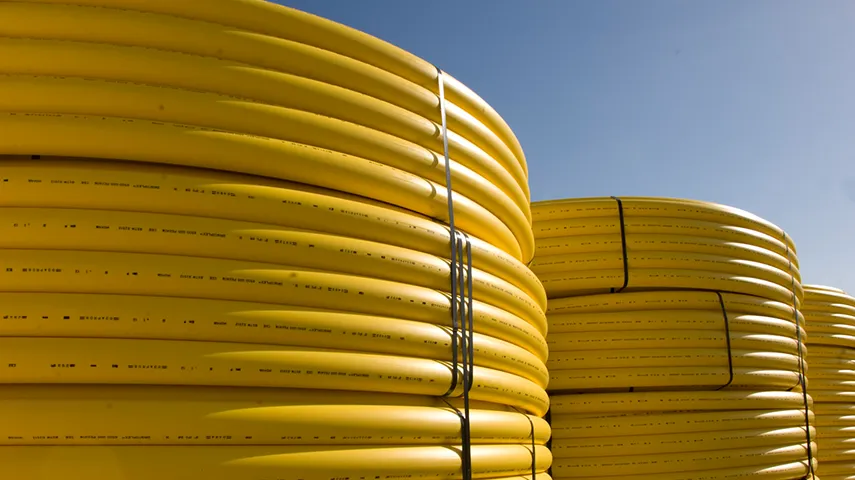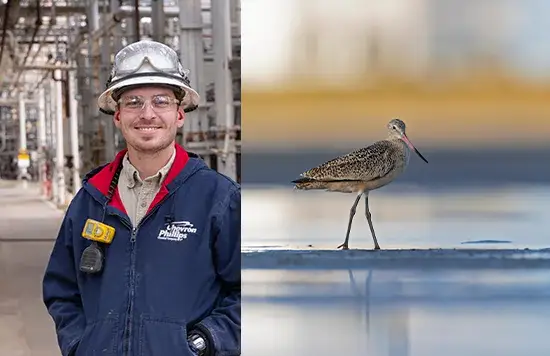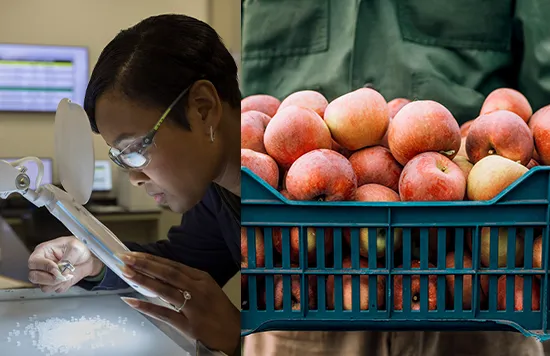Polymers Business Outlook
CPChem uses long-term commodity price forecasts, as well as supply and demand outlooks to assess risks to its investments and strategy. While conducting these assessments, consideration is given to uncertainties that may favorably or unfavorably impact projections, which is needed to pressure test investment decisions and strategy direction. For the purposes of projecting a range of outcomes, it is prudent to calibrate internal perspectives against third-party market intelligence. CPChem typically uses several third-party outlooks in these assessments.
While circular outlooks for plastics are generally in early stages of development, CPChem has selected Chemical Market Analytics (CMA) Circular Plastics Service to provide input for our latest scenario analysis. CMA’s views on polyethylene (PE) demand are supported by their robust experience in global macroeconomics, energy outlooks and value chain analysis. Incorporating views like these are key to providing a full assessment of the potential impacts to our business. CMA also provides observations of plastic waste generation and disposition, adding insight to views on plastics recycling and recycled materials. Additionally, the company assessed the demand outlook for high-density polyethylene (HDPE), low-density polyethylene (LDPE), and linear low-density polyethylene (LLDPE), based on factors like regulatory impacts, consumer behavior and brand owner preferences.
CMA uses a scenario-based approach to explore potential outcomes for plastics’ transition to circularity. One such scenario, the “Green Case,” assumes transformative change is embraced by all regions through global alignment on advancing plastics circularity. CMA also prepares a Base Case scenario that more closely resembles the current geopolitical environment, asserting notable acceleration in the transition to a circular model for plastics amidst dissimilar global perspectives and priorities. In the “Base Case”, significant regional gaps exist in standards and adherence to claims. As a result, the world falls short of currently stated goals and objectives.
CPChem used CMA’s Green Case in the Accelerated Plastics Recycling scenario, CMA’s Base Case in the Plastics Recycling scenario, and created a third scenario as a baseline which maintains historical trends for plastics production and use, and minimal acceleration of circularity drivers.
Accelerated Plastics Recycling Scenario
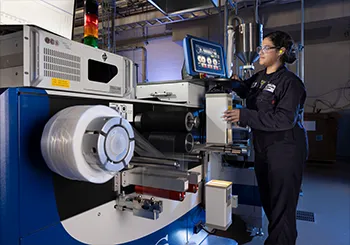
This scenario demonstrates a circular transition that is transformative for the industry, yet still in pursuit of specific targets. PE demand is expected to remain driven by population or GDP growth trends while increases in recycling solutions lead to larger developments of infrastructure and technology to reach circularity goals. Total PE demand growth rates are lower in this scenario, relative to the Plastics Recycling scenario described below, due to shifts in consumer behavior, the development of globally aligned regulations and standards, and the expansion of technology and related infrastructure.
This scenario also includes a rapid acceleration in the scaling of recycling technology and associated infrastructure. Notably, it also includes the standardization of best practices which rapidly optimize multiple paths for a circular supply chain, expands circular economies across the world, globally consolidates government mandates for use of recycled content, and ratifies a standard form of Extended Producer Responsibility (EPR) to assure adherence to claims. Accelerating regulatory action transitions focus away from outright bans to the standardization of material and packaging formats to curb over-packaging and promote recyclability and reusability.
With more focus on recyclability and reusability, PE sees gains in select non-durables and packaging applications. The most likely areas where mechanically recycled materials replace virgin polymers are secondary packaging and non-food contact applications. In this scenario, fossil fuel feedstock-based production growth peaks in the late-2030s then begins a slow decline while remaining the primary long-term production source. This peak, not present in the Plastics Recycling scenario, is due to the slight decrease in overall demand, coupled with aggressive expansion of mechanical recycling, chemical recycling, and more modest contributions from bio-based PE production. While this scenario presents challenges, CPChem expects to maintain its competitive advantage and enable further growth of both production and revenue.
Plastics Recycling Scenario

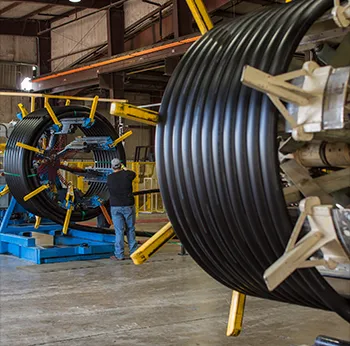
In this scenario, the circular plastics transition accelerates but experiences region-specific differences that impact transition momentum. The slow pace of technology and infrastructure development supporting chemical and other non-mechanical recycling leaves mechanical recycling as the primary means to recycle waste plastics. Demand for post-consumer or post-commercial mechanically recycled plastics (PCR) for food contact applications and other regulated uses is limited. Production of PCR from municipal waste streams is pursued vigorously due to its preferred cost, emissions status and the lack of global chemical recycling infrastructure. However, the need for future capacity growth for fossil fuel-based production is still anticipated based on limitations of waste collection infrastructure growth, incorporation of mechanically recycled material and uncertainty of scaled production for bio-based feedstocks. Overall, production using fossil fuel-based feedstock materials is slightly reduced compared to the Business as Usual scenario. CPChem’s polymer-based revenue analyzed through this case projects positive revenue growth from 2020 to 2040. When compared to Business as Usual scenario revenue, the Plastics Recycling scenario showed little change prior to 2030. This case indicates mild growth effects and that CPChem’s business model is resilient in this environment.
Business as Usual Scenario
In this scenario, the outlook is driven by the combination of GDP and middle-class growth, creating a need for investments in PE production. See Global Solutions. Responsible Practices. and Products for a More Sustainable Future for insights into the wide range of PE applications. CPChem’s polymer-based revenue analyzed through this case projects positive revenue growth from 2020 to 2040.
Polyethylene Outlook
Goals set by customers and brand owners, which include targets for recycled content by 2025, may only impact the demand for plastics in specific markets and applications. Progress toward these goals has been slow to materialize due to limited availability of circular polymers caused by infrastructure constraints, limited investments and ambiguity of the regulatory environment. Consideration of regulations related to recycled content requirements are emerging in legislation, although regulations of this type are not expected to materialize before 2025. In the short-term, rising expectations and pressure from customers and brand owners, as well as global positioning for regulatory changes, are expected to incentivize the development of circular solutions and support demand for PE in the most aggressive cases.
Global expansion of the middle-class is expected to drive polymer and chemicals growth past 2040. Purchasing power per person is expected to double over the next 25 years. PE is utilized in a variety of applications that enable food and water preservation, durable recreational goods and many additional benefits to society. PE is well-positioned as a high performing material due to its advantageous weight and cost, enabling lower GHG emissions impacts when compared to alternative materials. As demand grows and feedstock availability improves, CPChem’s current assets have the ability to produce circular and bio-based polymers. Investments, along with research and development in producing circular and lower carbon products, will enable current and future assets to supply demand, contributing to a more circular world. Although the collection and sortation of plastic to meet the demand for circular products while addressing global waste issues remains challenging, CPChem is committed to working with governments, customers, nonprofits and others to improve the recycling and recovery of waste plastics.
